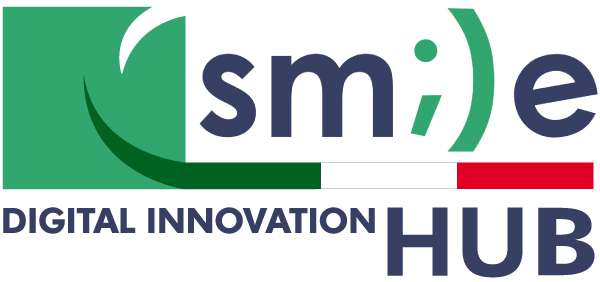Use case: Data-driven Vineyard Precision Management – VINPREC
Organizations involved
Cattolica del Sacro Cuore University and promoted by Clust-ER AgriFood (Clust-ER Agri-food Association of the Emilia-Romagna Region)
Objectives obtained
The solution, which can be classified in the field of precision agriculture, allows the management of the intra-parcel variability of the vineyard by means of variable rate fertilization, with different results depending on the type of fertilizer.

The challenge
To control all stages of processing in a vineyard and produce quality grapes to be transformed directly or to be given to the wine industry, modern and innovative methodologies are needed that make it possible to map the land and crops throughout the entire cycle.
Solutions based on sensors and often photogrammetric and geo-spatial surveys are needed, which allow to obtain spatial, spectral and temporal resolutions of the rural areas used for cultivation.
Then we need some measurements and manual interventions that report the vegetation indices.
Essentially, it is necessary to design a monitoring platform that allows, for example, to establish the exact health status of the product, to obtain the composition values of the grapes, even in non-uniform conditions, often consisting of different (high or low) vegetative vigor and / or vegetation stress.
In the present case of the analyzed case it was necessary:
- Design and build a new sensor with limited dimensions and costs;
- Optimize the algorithm to simultaneously perform vigor and thermal state readings of the crop;
- Ensure post-processing in real time and immediately usable;
- Install fixed low-cost platforms for continuous monitoring of the water status of the most vulnerable spots in the vineyard.
The Solution
The use case “Data-Driven Vineyard Precision Management” (FIE#25) is part of a research project of the Cattolica del Sacro Cuore of Piacenza University, presented on November 17, 2020 as part of the collaborative initiatives with COSME projects “TRACK – Growing data: 4.0 Technologies for Agribusiness” and SmartAgriHubs (SAH).
The project consists in the mapping of entire vineyards through various sensors and digital tools, which allow the control of the various cultivation phases through cyclical phases that allow the control, monitoring, data analysis and consequent decision-making actions.
Precision viticulture makes it possible to manage intra-plot variability using variable rate (VR) technologies. Although there is little confirmation of the effectiveness of VR fertilization, the technique is a promising tool for optimizing the vegetative-productive balance.
Since 2012, the long-term effects of VR nitrogen fertilization have been evaluated in two experiments. Therefore, the vigor map based on NDVI of two adjacent Barbera vineyards was created and, for each of them, two factors, the vigor (L=low, M=medium and H=high) and the fertilization technique (Standard, VR, and Control), were compared in a randomized block design.
In VR the dose of N decreased as a function of vigor, distributing 120, 60 and 0 kg/ha (exp1) and 80, 40 and 0 kg/ha (exp2) in L, M and H, respectively. In both experiments the standard dose was equivalent to the intermediate dose, canceling out in the control.
The research involved the use of urea (46%N) in exp1 and a controlled release fertilizer (CRF) (13.5.21+Mg+S) in exp2 for a period of 4 and 3 years, respectively during which the vegetative-productive variables, the foliar diagnostics and the grape composition were determined.

